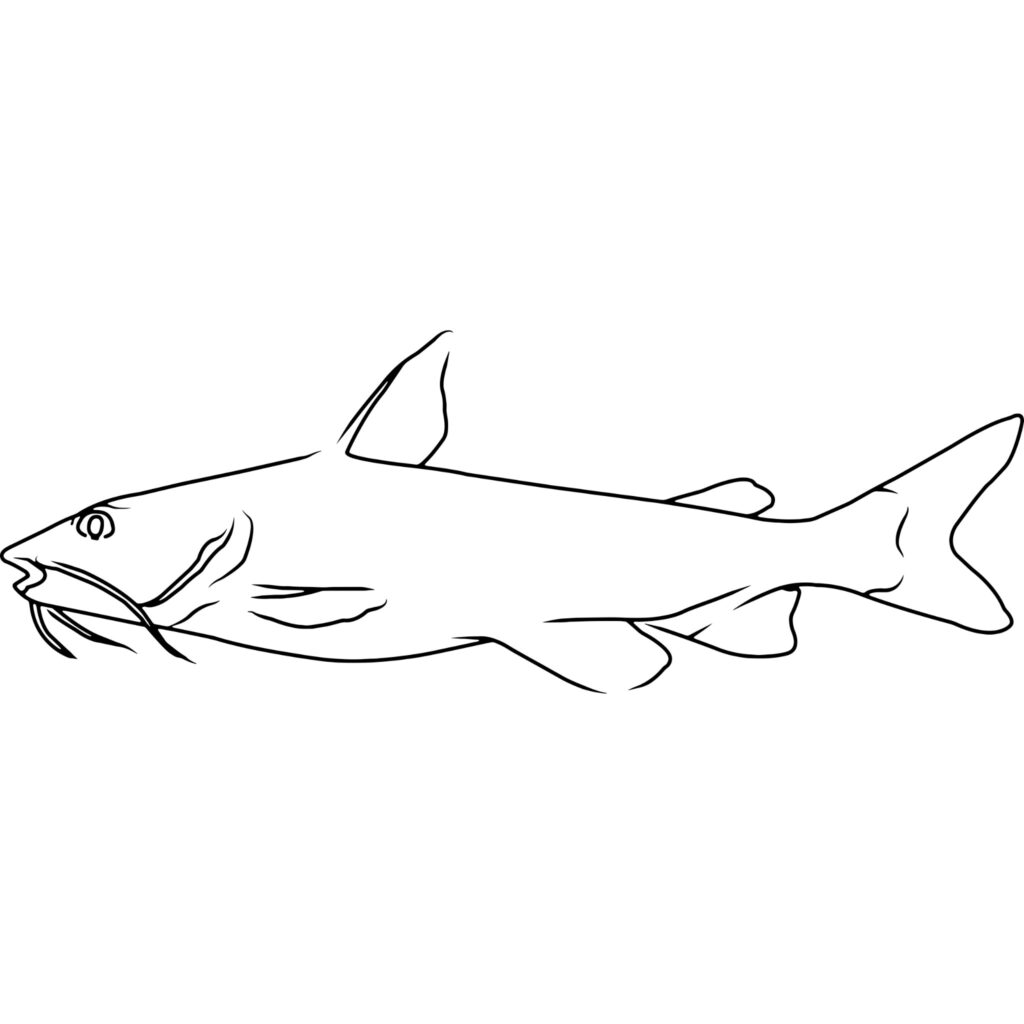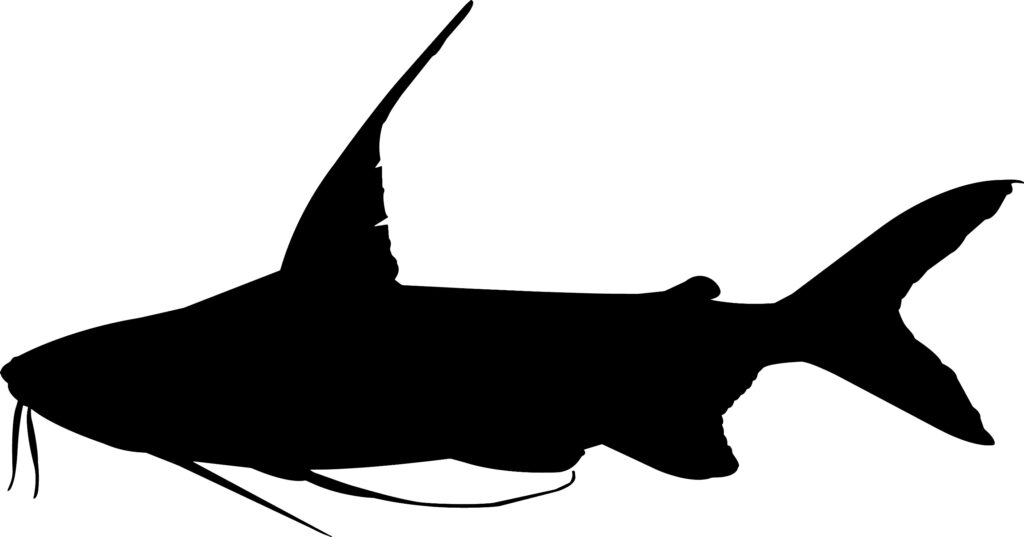Since there are so many different catfish available in the world, they occupy almost all types of water around the world. There are catfish that inhabit saltwater, as well. A saltwater catfish lives in salty water, ocean water, or seawater instead of fresh water. There are not many saltwater catfish, but there are some, and these are unique and interesting.
What is the difference between saltwater catfish and freshwater catfish?
Saltwater catfish are found in the Gulf of Mexico and differ quite a lot from the catfish found everywhere else. When fishing in these waters, people encounter two main types of saltwater catfish, hardhead catfish and gaff top or sail catfish. Here is more about these two famous fish.
Size difference
There are many freshwater catfish, as we know, and these two do vary in certain ways. For example, the saltwater catfish is smaller than the freshwater one. These saltwater fish also inhibit shallow water and hunt only at night to prevent being eaten by larger fish found in almost all water places.
The body functions
Freshwater catfish have gills that can deal with the water around them and keep their internal balance in check. Moreover, a freshwater fish also has kidneys that work very well in getting rid of water, a little like ours.
On the other hand, saltwater catfish do not get to do this due to osmosis. The fish loses its internal fluids, and to reach an equilibrium, saltwater rushes inside them. Basically, saltwater catfish have saltwater inside them, but freshwater catfish do not.
Harmfulness
Moreover, it is said that the sting from the fins of saltwater catfish is much more deadly. Freshwater catfish also have fins that can nip the skin, but they do not cause as much discomfort as the fins of saltwater fish. Furthermore, the fins of saltwater fish are said to be laced with poison which can cause swelling, irritation, and even nausea in people. When left untreated, it can also cause serious infections.
The taste
There might not be a huge difference in taste between freshwater and saltwater catfish, but since they live in different environments, there is some difference. But what is more important is that saltwater catfish are not edible at all. Anglers that catch this fish often let it go. However, if you taste it, the saltwater fish will have a stronger flavor and be fishier than the freshwater fish.
The bones
Although you do not eat saltwater catfish, if you cut them open, you will notice the difference between the bones of saltwater fish and those of freshwater fish. The bones of saltwater fish are much bigger, so they are easy to debone. Freshwater fish have smaller bones that the naked eye can miss if you are not an expert.
Types of saltwater catfish
As you know, there are two main types of saltwater catfish caught: hardhead catfish and sail catfish. Here is more information about these two fish that are not as well-known as other species of catfish.

Hardhead catfish
Appearance-wise, it looks like a normal catfish, but it is called a hardhead catfish because of a bony plate extending rearward toward the dorsal fin from a line between the catfish’s eyes. It is gray in color with a white underside.
These fish can get as large as 28 inches and 12lbs., but it is more common to see them when they are only 3lbs. This is likely because the fish gets eaten before it can reach its full potential. This fish is mostly found in saltwater, but it can also live in brackish and freshwater, if needed.
It is also found in shallow water but, in winter, moves towards deeper waters where the temperature is not as low. Like all other catfish, it has barbs that make it a species of catfish. These barbels help the fish catch prey in this environment. These omnivorous fish rely on small fish, crabs, and other small creatures in the water.

Sail catfish
This is a more desirable species for eating because it is meatier. It is more commonly known as the gafftopsail catfish. It is so-called because of a long dorsal fin that raises like a sail. These fish have very sharp fins coated with a toxic slime that can cause serious damage if touched or pierced by the skin.
Like the other fish, it can get pretty big at around 24 inches, but this is much rarer. Usually, the fish are much smaller, weighing only 2.5 lbs. Unlike hardhead catfish, it inhibits deeper waters, but like hardhead catfish, it is inedible, even if it is meatier.
It usually stays hidden most of the time to stay safe from predators of the sea. It can also survive in brackish water but prefers saltwater. These fish are much harder to catch because they fight very strongly. Like hardhead catfish, these are scavengers that can eat whatever they find and rely mostly on algae, small fish, and crabs.
Catching saltwater catfish
Catching saltwater catfish is similar to catching freshwater catfish. These fish rely on their sense of smell to catch prey, so the bait needs to be very smelly. Usually, a freshly caught fish that is cut open, like mackerel, can act as a perfect bait.
Since these catfish are usually smaller in size, light or medium gauge tackle will be enough, and you have to rely on technique to catch them. Remember that they have extremely sharp fins, so it is important to be careful when handling them.
Conclusion
Now you know there are saltwater catfish alive in oceans and seas, unlike freshwater catfish. There are two main saltwater fish that are both inedible with sharp fins that are poisonous. There are many differences between freshwater catfish and saltwater catfish. They have different bodies, tastes, sizes, functions, and more.











